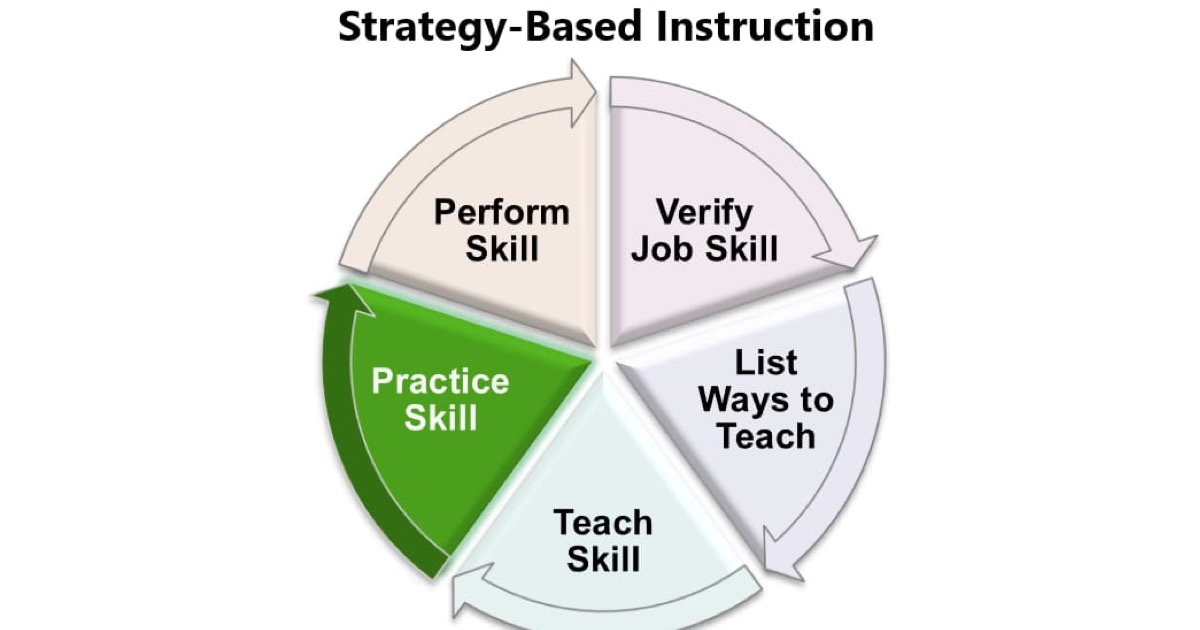Over the course of our strategy-based instruction series, we’ve verified the skills students need and the best options for teaching them. We’ve explored how to help students learn through coaching and how to make sure their practice time is well-spent. Most of all, we’ve established that the “customer” instructors should have in mind is the student's future employer.
In strategy-based diagnostics, the final step is to verify that the concern has been addressed. When it comes to strategy-based instruction, the instructor can’t consider the process complete without verifying that a student has learned the skills their employer will need.
The Definition of Success
When you first begin teaching students, whether it’s reviewing previous skills or introducing new concepts, it’s important to explain what success means for each task or activity. Plan to reiterate the definition of success throughout the learning process.
Continue to let your students know what is necessary for success so they can remember these essential points when they need to perform the task on their own for an employer.
Evaluate Criteria
How do you verify that your students have learned the skills you tried to teach them? Check whether or not they can do them.
For example, if you taught students how to change oil or inspect a vehicle, have your students perform those tasks. Watch closely and measure students on the definitions of success you provided during lessons.
Those “x, y, and z” factors that determine whether a task is completed successfully should also be how you measure, grade, and evaluate students. If your students have no trouble performing those tasks according to those measures, then you can feel confident that they have the skills to complete those tasks for a future employer, as well.
Evolve Criteria
As industry needs continue to change and employers need different things from entry-level technicians, it’s important to continually ensure that your students are being sent into the workforce with the proper skills.
As an instructor, you should especially be concerned about whether a student who passes your course will be an effective employee. The only way to do that is by taking the time to complete this final step and to measure your students’ skills.
Failing to double check that a required skill has been learned creates a real problem between the student who is being sent into the workforce and the skills an employer requires to get the job done. When instructors don’t make sure a student can perform the necessary tasks and that student goes to an employer without the ability to do what is needed, it creates a skills gap and increases the likelihood that the student might not continue working as a technician.
By following the strategy-based instruction model, not only will you feel more confident about your abilities as an instructor, you will also have a more precise way to ensure your students are truly prepared to become successful technicians.
To learn more about strategy-based instruction and how CDX materials can help your students find success as they enter the automotive industry, read more about our Fundamentals of Automotive Technology program.
